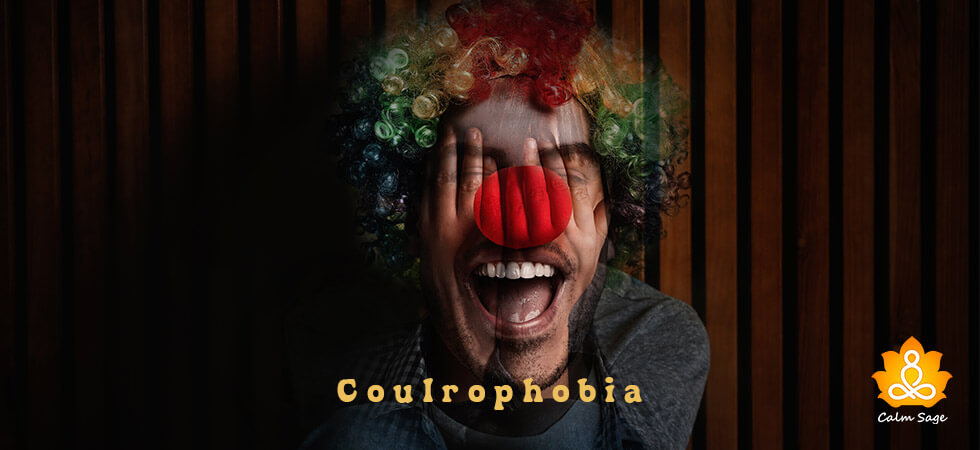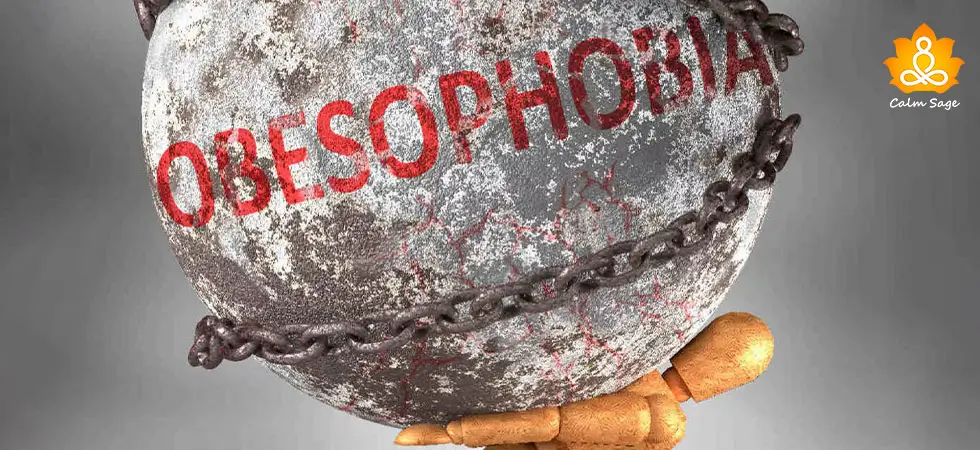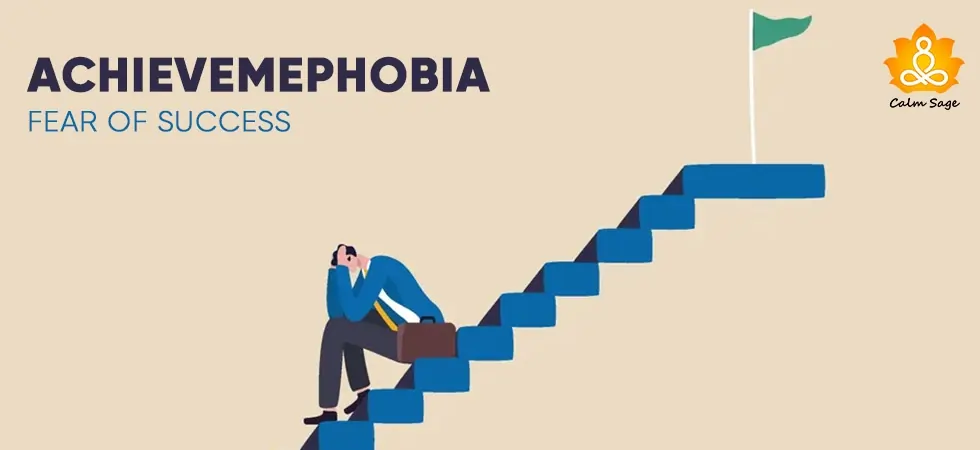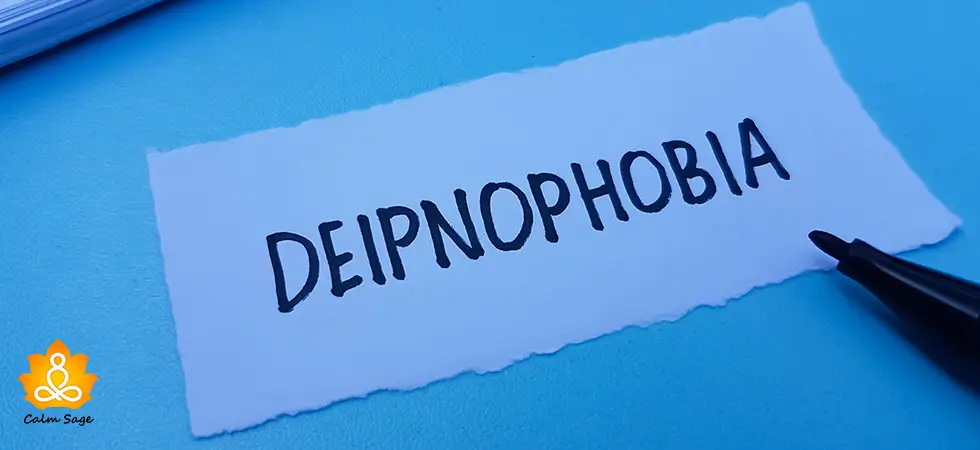Coulrophobia (Fear Of Clowns): Signs, Causes, Treatment, And More

Have you ever watched the movie “The Joker?” What a sociopath he was! His acting was tremendous but the experience of watching that movie was on a different level!
He literally spooked up the fear of clowns in me. Also, if you have ever watched “Sex and The City”, you must be aware that Carrie also had a fear of clowns. And when I asked some people about their fears and phobias, I was shaken to find that the fear of clowns resulted to be one of the common fears.
I studied this phobia and found that it could be managed. Around 7.8% of Americans experience a fear of clowns according to a survey performed by Chapman University.
Coulrophobia Meaning
Fear of clowns is called Coulrophobia (pronunciation: “coal-ruh-foh-bee-uh”). It is a kind of intense phobia that generally takes place when interacting or observing any object or toy (that looks like a clown), a real clown, or attending any party that includes a clown.
This type of intense fear can impact our behavior and daily functioning. People with this phobia experience difficulty in staying calm near events that include clowns like circuses, festivals, or other carnivals.
This blog covers everything you wanted to know about Coulrophobia, its causes, sysmptoms along with how to deal with it.
So, let’s get started.
Symptoms of Coulrophobia
People with this phobia are often triggered while watching a movie filming a psychopath clown or observing a real clown in the real world. This fear is kind of a different phobia because it can trigger deep-seated panicking and intense emotions as well.
Research shows that clowns reflect negative and terrifying characters in the entertainment industry and this has contributed to an increase in fear or phobia of clowns.
The Diagnostic and Statistical Manual of Mental Disorder (DSM-5) has not included any official diagnosis for Coulrophobia but the manual has some guidelines that help mental health professionals to diagnose this as a specific phobia under the category of “specific phobias.”
Below are some commonly observed signs and symptoms of Coulrophobia:
- Nausea
- Anxiety
- Sweating
- Panic
- Shaking or trembling
- Feeling of deadness
- Dry mouth
- Increased heartbeat
- Difficulty in breathing
- Intense emotions (crying, screaming, angry)
Causes of Coulrophobia
Research shows that phobias are a result of various sources which usually take place from a frightening or deeply traumatic event. Common causes behind experiencing coulrophobia are:
-
Traumatic experiences
Experiencing something traumatic that includes a clown wherein someone was paralyzed with terror or unable to escape the situation can be referred to as a traumatic experience due to a clown.
-
Scary movies
There is a lot of deep connection with the media, scary movies, and people experiencing fear due to them. A movie that includes a scary clown can have a lasting mental impact and it could also impact behavior.
-
Learned phobia
This one is quite rare but possible that someone has learned about the fear from someone. It might happen that if your grandma has told you about scary stories that include a scary clown, you’re likely to develop coulrophobia.
Diagnosis of Coulrophobia
Most of the fears and phobias are diagnosed with the help of a psychotherapist or a mental health professional by following the guidelines of DSM-5 under the section of “specific phobias.”
If you feel like you or your loved one might be experiencing coulrophobia and they need help, you can always visit your nearby therapist or you can also seek help through online platforms that offer mental help.
Get 20% Off on Betterhelp Appointment
Treatment for Coulrophobia
The fact is that most phobias can be treated with psychotherapy along with medication (if prescribed). Some of the treatment methods used for treating coulrophobia are:
-
Exposure therapy
This type of therapy means exposing yourself to the thing that you’re frightened of in a completely safe environment. During exposure therapy, the therapist might show you a picture of a clown and may discuss your emotions and feelings that strike at the moment when exposed to the fear.
This therapy is really effective to reduce and manage intense emotions and fears. To read more about Exposure therapy, you may refer to Exposure Therapy
-
Cognitive Behavioral Therapy (CBT)
CBT works on altering negative thinking with positive thoughts so that clients can learn how to manage their fears and intense emotions. To read more about CBT, refer to: Cognitive Behavioral Therapy (CBT)
Self-help Tips for Dealing with Coulrophobia
Self-help tips along with psychotherapy can help in relaxation and calmness at home. Below are some self-help tips for managing Coulrophobia:
- Grounding techniques
- Relaxation techniques
- Mindfulness
- Challenge your negative thoughts
I hope this blog helps you to understand everything you wanted to understand about Coulrophobia. Comment down and share your views on this fear or phobia.
For more such content, connect with us on all social media platforms.
Thanks for reading!
Next Read:
Is Cynophobia (The Fear Of Dogs) A Real Phobia?
Understanding Chromophobia (Fear Of Colors)
Understanding Phasmophobia (Fear of Ghosts): Let’s Face Your Fear Together!




















